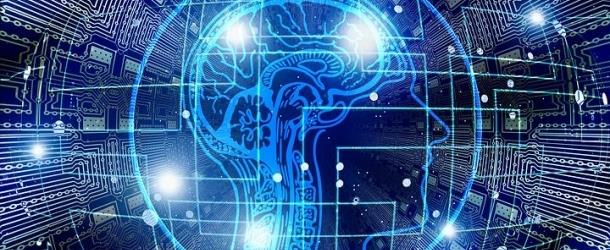Large Scale Simulations of the Brain May Have to Await Quantum Computing

(Forbes) Given the sheer size and computational complexity of the human brain, any attempt at a large multi-scale simulation with sufficient detail will have to contend with the combinatorial space of the problem. How a potential quantum computer neural simulation is set up might be able to take advantage of the physics to which the brain is subject. Despite its computational power, the brain is still a physical object, and so physical constraints could be used to design and guide simulation rules (quantum computing algorithms) that are inherently combinatorial and parallelizable, thereby taking advantage of what quantum computers do best.
NOTE: IQT-News summarizes here this recent Forbes article by Gabriel A. Silva, Professor of Bioengineering and Neurosciences at the University of California San Diego, who holds a Jacobs Family Scholar in Engineering Endowed Chair. He is also the Founding Director of the Center for Engineered Natural Intelligence, and Associate Director of the Kavli Institute for Brain and Mind. His research aims to understand what the algorithms are that the brain uses, and how technologies can interface with the brain in order to treat neurological disorders.
Silva’s discussion regarding quantum computers and the brain focuses on the potential use of future quantum computers to carry out simulations of the brain that are not currently possible. While some authors and researchers have proposed that neurons themselves might be tiny quantum computers, that is completely different and unrelated to the material here.
It may be that quantum computers will usher in a new era for neuroscience and the understanding of the brain. It may even be the only real way forward. But as of now, actually building workable quantum computers with sufficient stable qubits that outperform classical computers at even modest tasks remains a work in progress.
For example, local rules, such as the computational rules of individual neurons, can be used to calculate aspects of the emergent dynamics of networks of neurons in a decentralized way. Each neuron is doing their own thing and contributing to the larger whole, in this case the functions of the whole brain itself, all acting at the same time, and without realizing what they’re contributing too.
In the end, the goal will be to understand the emergent functions of the brain that give rise to cognitive properties. For example, large scale quantum computer simulations might discover latent (hidden) properties and states that are only observable at the whole brain scale, but not computable without a sufficient level of detail and simulation from the scales below it.























